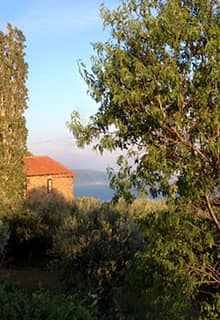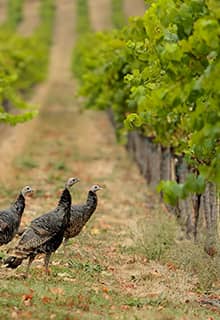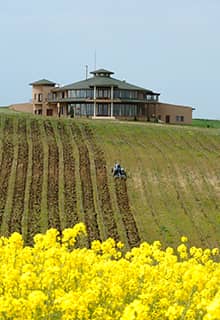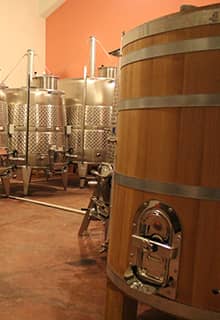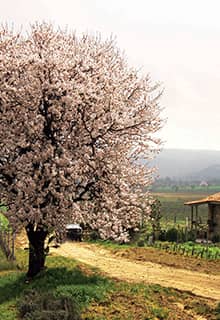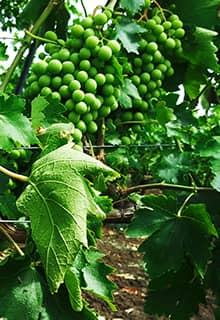

viticulture in Türkiye
at a glance
- There are 800 to 1,200 genetically different indigenous varieties of grapes in Türkiye Anatolia, which has a history of viticulture that goes back more than 7,000 years.
- Türkiye is ranked 6th in grape production in the world.
- The territory of Türkiye is one of the oldest wine regions in the world. With its cultural, historical, climatic, and agricultural profile, Anatolia has significant potential in wine production and ecotourism.
- Today, Türkiye produces and consumes wine in large amounts, thanks to well-established winemakers.
- Turkish vineyards are the 4th-largest cultivation area in the world, with 505,000 hectares and the annual production of Turkish wines reaches approximately 65 million liters.
- Turkish wines have won more than 1,000 awards in prominent competitions throughout the world.
- The Phrygians, an ancient Anatolian civilization, were the first to export Turkish wine to France and Italy in the 6th century BCE.
- The most significant temple in Anatolia dedicated to Dionysus, the God of Wine, is in the ancient city of Teos in İzmir.
- It is believed that viticulture began thousands of years ago in northeastern Anatolia and from there spread across the world.
- In 1658, French traveler Jean de Thévenot wrote that İzmir wine was famous, that it was among the best wines in the Mediterranean, and that French people produced their wines from the grapes of this city.
- Harvests in Türkiye start from the hotter western regions by the end of August and continue slowly towards the eastern areas. The harvests last until the end of October, even until November and ending in the country's eastern regions.
- When we mention the history of viticulture in Anatolia, the first that come to mind are the Hittites. Hittites used wine as the primary libation offered to the gods during rituals attended by royalty and high governors.
- Like practices in the Middle Ages, pigeon guano is used to fertilize the volcanic soil for winegrowing in Cappadocia.
- In the Tekirdağ Viticulture Research Institute collection, which was established in 1965, consist of 1,500 varieties of local grapes.
- Misket, grown in the Aegean, is known as “Muscat” in Europe, was one of the early Anatolian grape varieties to be exported. Even the great historian, Herodotus, describes as the Misket, as the best of which has been produced on the Aegean coasts since ancient times, and notes: "If your path falls, do not pass without tasting the musket wine."

